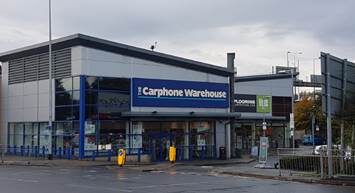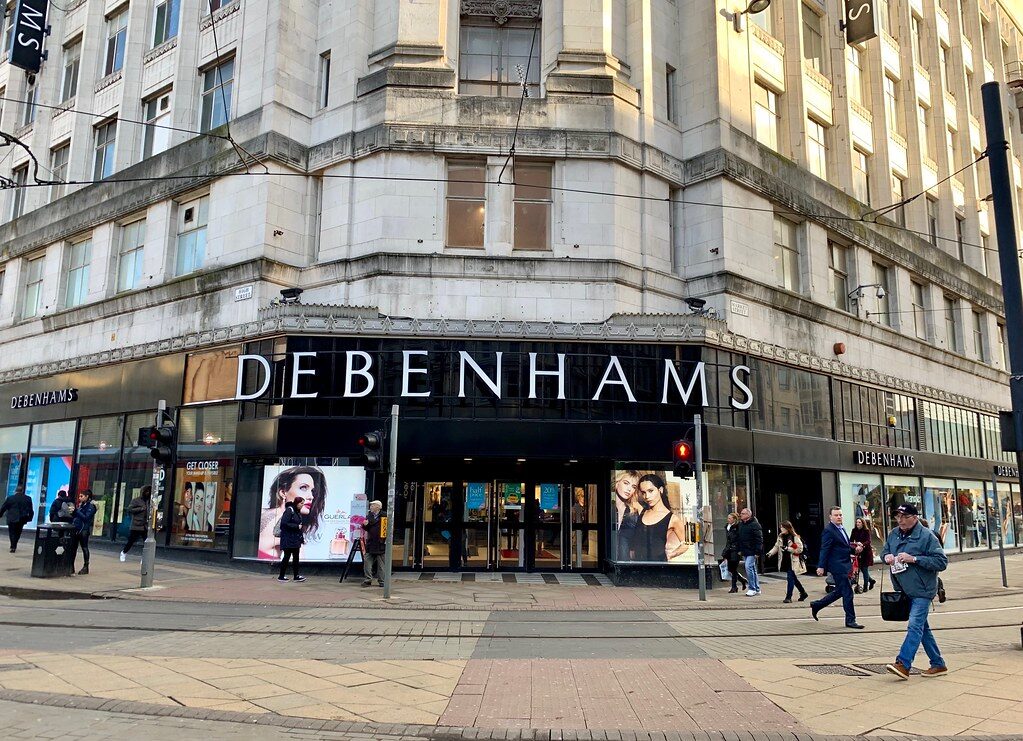The move to online shopping has been well documented and the pandemic has only accelerated this change in our habits. Similarly the surge in online home takeaway food delivery operators and their associated apps during this period appears to signal a permanent change in the way we will get our fast food in the future.
However, amidst this on line activity , we have witnessed considerable interest from retailers and leisure operators seeking a physical presence in the shape of bricks and mortar to ensure that they can provide the supply and logistics required to compliment the on line presence. As an example, retailers are now considering high profile roadside sites, such as failed restaurant units, or smaller retail showroom units, which can be utilised for click and collect purposes. The logic behind this is straightforward – there is a considerable cost saving, both in terms of staffing and rent/rates and in many cases it is more convenient for customers as the majority of these units have free car parking adjacent to the front door, rather than the often excessive rates charged in town centres and some retail parks. It gives the retailers the opportunity to have their branding on display and still have representation in a town, whilst at the same time not having the lease liability of a unit which is now considerably larger than their operational requirements. An example of this is at Portwood court, Stockport where C&M let the former Maplin unit to Direct Flooring – an online flooring retailer who still required a physical presence to showcase their offer and grow their business. At the same development, the former Carphone Warehouse attracted interest from a national fashion retailer who was considering relocating from the adjacent retail park and utilising the unit for click and collect only.
Similarly drive thru restaurant operators have become one of the most hotly contested sectors of the market as food to go businesses battle it out for prominent roadside buildings or sites, away from deserted shopping and leisure centres. The obvious attraction is the lack of physical contact and with many town centre takeaways closed, queues have stretched up to 90 minutes at some stores. With fewer staff required and typically lower rents than city centre sites, together with free car parking ,they are an attractive prospect for businesses. These outlets also provide the supply required for the burgeoning online presence.
The move online and for convenience is here to stay, but landlords and operators have to be proactive in recognising the potential opportunities that comes with it.
By Barrie Cochrane



